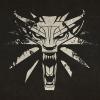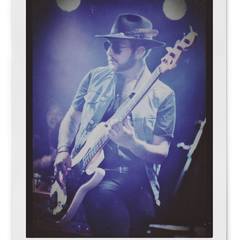Any atrophotographers here?
-
Topics
-
0
-
3
-
srrrx ·
Posted in New Builds and Planning3 -
0
-
1
-
3
-
rayu ·
Posted in New Builds and Planning5 -
Ordinaal ·
Posted in New Builds and Planning4 -
sumgreenday ·
Posted in Displays8 -
6
-
















Create an account or sign in to comment
You need to be a member in order to leave a comment
Create an account
Sign up for a new account in our community. It's easy!
Register a new accountSign in
Already have an account? Sign in here.
Sign In Now